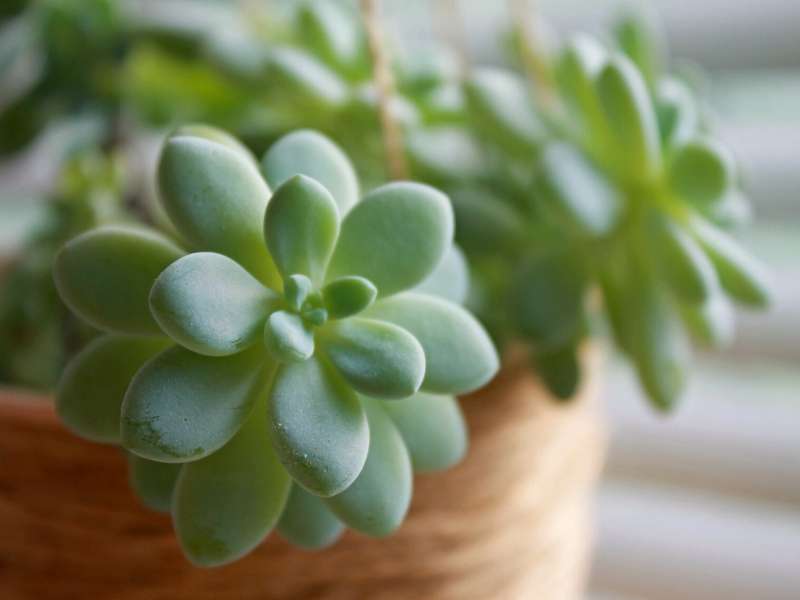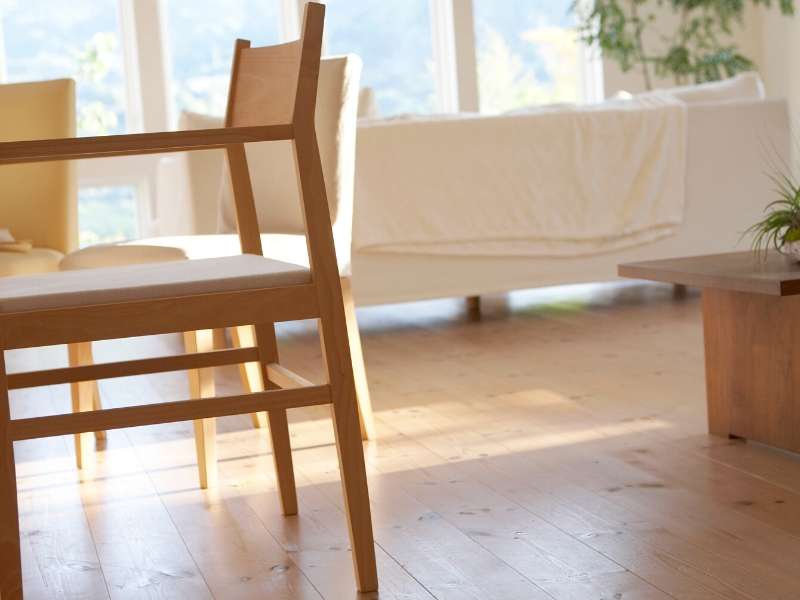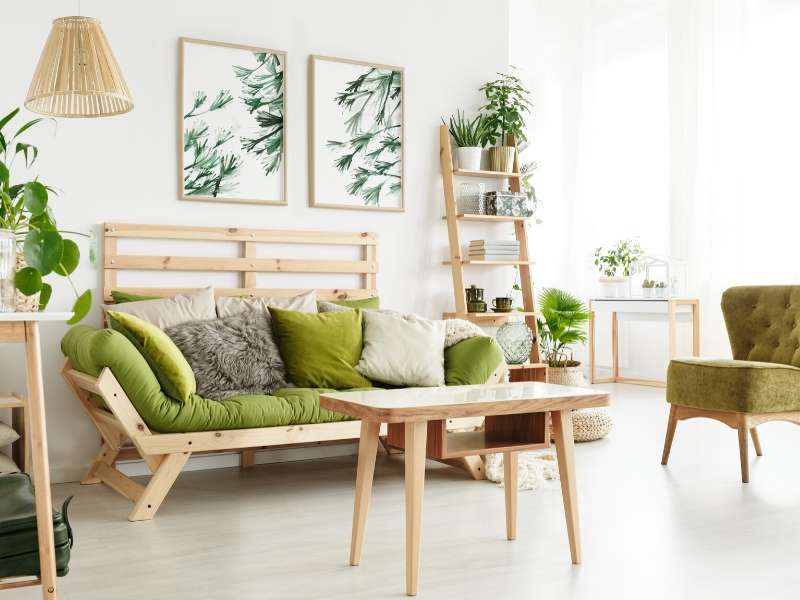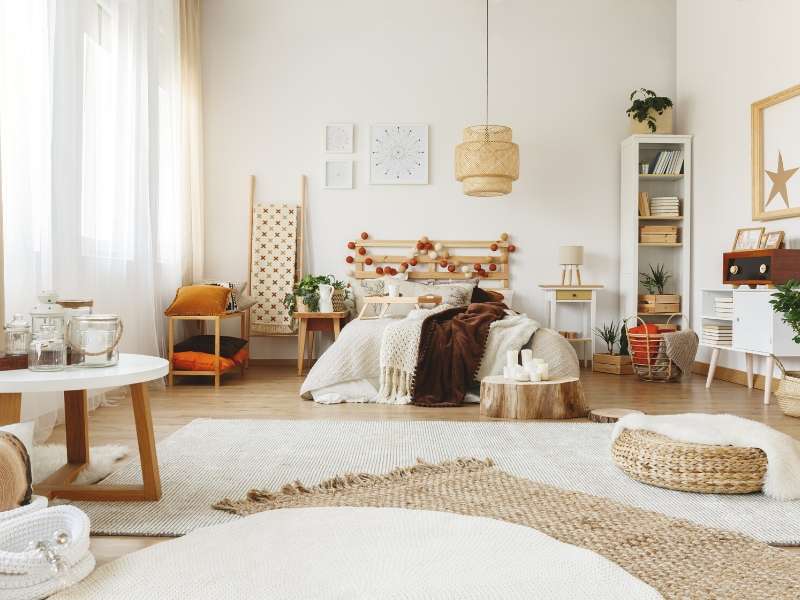Designing and furnishing your home for an eco-friendly environment might not be as much of an enigma as you might think. While most people understand the importance of “eco-friendly” or “green”, many don’t understand what those terms represent in terms of your home interior. To further your knowledge about this important topic, I offer you the following easy-to-understand guidelines.
How to Work Eco-Friendly Into Your Interior Design
The Air Quality of Your Home

If you want to improve your indoor air quality, then, this type of interior design is a good direction for you to take. According to the Environmental Protection Agency, people in the United States spend about 90% of their time indoors. Unfortunately, the concentration of pollutants is usually two to five times higher than in an outdoor environment. That makes it important to pay attention to how we design and furnish the interior of our homes.
What is a Volatile Organic Compound (VOC)?
These compounds are chemicals which emit from materials that cause harmful long-term effects to you and your family’s health. For instance, synthetic fabrics are highly flammable so manufacturers treat them with chemicals to reduce flammability. The downside to this treatment is that it increases the toxins that get into your home’s air. What’s really undesirable are the side effects of these emissions which include headaches, dizziness, nausea, fertility issues for adults, and developmental issues for children.
• Choose Wood Floors and Furniture Frames

If you want an eco-friendly environment, avoid furniture with particleboard frames. Unfortunately, particleboard holds together with synthetic resins, binders, and glues. These synthetic resins often contain formaldehyde that causes nausea and intense allergic reactions. Moreover, current studies show that many vinyl flooring options contain phthalates for which there is a ban with regard to children’s products since 2009.
Instead, look for floors and furniture with hardwoods such as walnut, oak, maple, teak, or Brazilian redwood. Additionally, it is important for the long-lasting quality of your furniture to insist on wood joinery techniques rather than glue or nails.
• Select Natural Fiber Upholstery

Forego the synthetic fabrics and flame retardants and opt instead for something simpler such as furniture made with natural latex foam wrapped in organic wool. Natural latex is an excellent choice because it doesn’t off-gas harmful toxins and wool is hyper-allergenic. Therefore, when used together, they make a winning “green” combination.
• Use Non-Toxic Paint on Your Walls
There are many zero-VOC or low-VOC paints that major paint brands now offer. So, be sure to select a paint that not only brings your walls to life but also one that is safe and non-toxic.
• Decorate with Natural Fiber Rugs

There are many organic choices in rugs that will enable you to avoid synthetics. So, look for fibers such as wool, cotton, or jute. One of the nicest parts about a wool rug is that it is naturally flame retardant. Additionally, wool reduces allergens in your air by absorbing moisture and trapping dust or pollen.
Now that you know the basics of how to design an eco-friendly environment, continue to search for just the right organic materials to turn your home into an allergy-free and healthy environment.
Other Posts You Might Enjoy:
3 Possibilities of Eco-chic Furniture Design in 2019
7 Easy Tips for an Eco-Green Sustainable Bathroom





